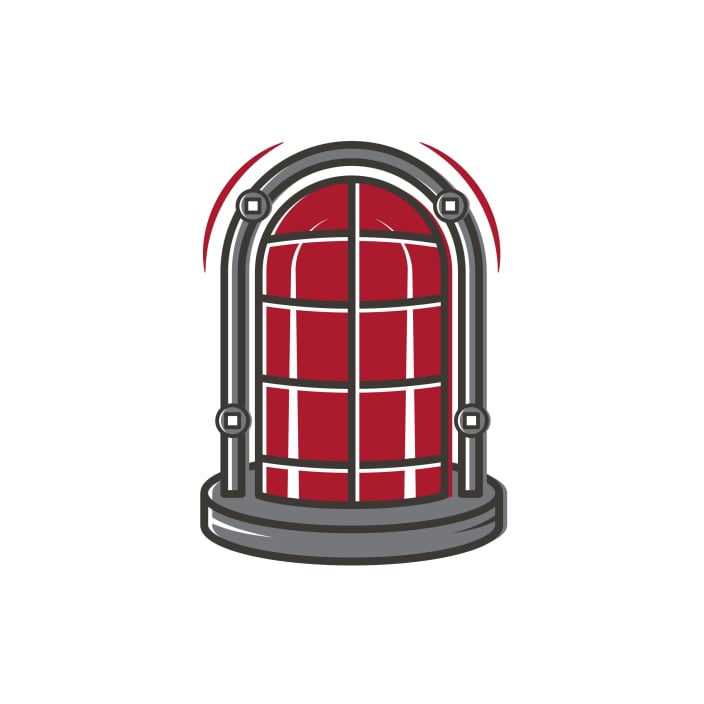

As an athlete, it’s tempting to go hard every day. You push limits, chase PRs, and live for the grind. But here’s the truth: progress doesn’t just happen when you train — it happens when you rest.
Whether you're a weekend warrior, a high school standout, or a pro in the making, recovery is not a luxury — it's a performance strategy. Let’s break down why rest days are essential, and what the science says about taking time off the right way.
🧠 What Is a Rest Day, Really?
A rest day isn’t just sitting on the couch (although sometimes, that’s exactly what you need). It’s a planned day where you intentionally let your body recover from the physical stress of training. This could mean light movement (active recovery), or focusing on recovery strategies like stretching, mobility work, or sleep.
🧬 The Science of Recovery
Training puts stress on your muscles, joints, and nervous system. Here’s what happens when you don’t rest:
-Muscle breakdown > muscle building
Recovery is when your body repairs microscopic muscle tears and rebuilds them stronger. Without rest, that process stalls.
- CNS fatigue slows you down
Your central nervous system (CNS) takes a hit during intense training. If it’s not given time to reset, your coordination, speed, and mental focus suffer.
- Increased risk of injury
Overuse injuries — like stress fractures, tendonitis, and muscle strains — can be caused by skipping rest days.
- Hormonal imbalance & burnout
Chronic fatigue, sleep issues, mood swings, and even decreased performance can stem from poor recovery habits.
🏋️♂️ Gains Happen When You Recover
This might surprise you, but: rest days = progress days. That’s when your body turns all the hard work into actual gains.
👉 Here’s what rest helps you do:
- Rebuild and strengthen muscles
- Reduce inflammation and soreness
- Improve energy levels and mental focus
- Prevent overtraining and injuries
- Stay consistent long-term
🔄 Active Recovery vs Full Rest
Active Recovery Days
Low-impact movement that promotes blood flow without further stressing the system.
Examples: walking, swimming, yoga, light cycling, foam rolling.
Full Rest Days
No structured physical activity. Just pure rest. Your body (and mind) need these too.
Both types have their place — and for high-level athletes, a mix is ideal.
⏱️ How Often Should You Rest?
This depends on your sport, training load, age, and goals. But in general:
- Recreational athletes: 1–2 rest days/week
- Competitive athletes: Structured rest and deload weeks every few cycles
- Post-injury or high-volume training: More frequent recovery may be necessary
When in doubt? Listen to your body. Fatigue, poor sleep, elevated heart rate, and irritability can all be signs it’s time to rest.
🧊 Bonus: Smart Recovery Strategies
Maximize your rest with these tips:
- 💤 Prioritize quality sleep (7–9 hours)
- 🥦 Fuel your body with nutrient-rich foods
- 💧 Stay hydrated
- 🎧 Decompress mentally — stress affects physical recovery
- 🧘 Stretch and/or mobilize
- 👟 Work with us to personalize your recovery plan
🔚 Final Take
Rest days aren’t weakness — they’re part of the plan.
If you want to train harder, perform better, and stay injury-free, you need to recover like a pro. So next time you think about skipping your rest day, remember: the strongest athletes are the ones who know when to step back and recharge.
📩 Got questions about optimizing your training or recovery? We are here to help! Reach out anytime or schedule an evaluation.
No Code Website Builder